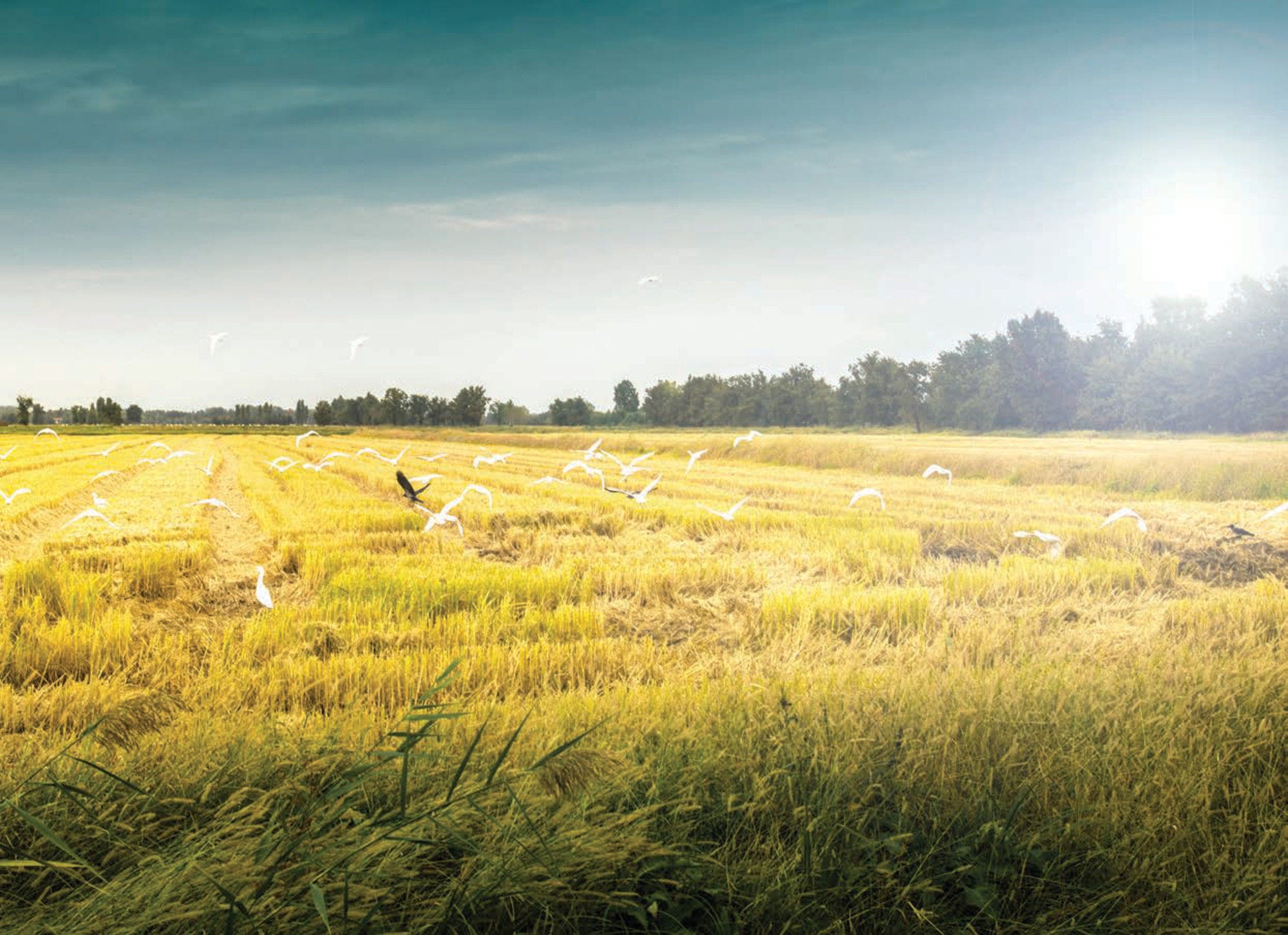Canada’s agricultural policy framework prioritises risk management and investments to enhance the sector’s sustainable growth, competitiveness, marketing and trade, food safety, and research and innovation capacity. Under the Canadian Constitution, federal and provincial governments share the responsibility for agriculture. Since 2003, joint five-year funding agreements between federal, provincial, and territorial (FPT) governments frame the main programmes and services. The FPT framework agreements provide flexibility for provinces and territories to design and deliver programmes that respond to their regional priorities. In addition, provinces and territories can develop and fund their own agriculture programmes outside of this framework.
The current framework is the Canadian Agricultural Partnership (the Partnership) covering 2018-23 (AAFC, 2018[2]). On 1 April 2018, it replaced the previous FPT multilateral policy framework called Growing Forward 2 (GF2), which had been in place since 2013.
As the previous one, the current framework has three elements: 1) a suite of cost-shared Business Risk Management (BRM) programmes, which help farmers manage risks related to severe market volatility and disaster situations; 2) federally-delivered Strategic Initiatives; and 3) cost-shared programmes delivered by Provinces and Territories. Government spending for BRM programmes is around CAD 1.5 billion (USD 1.2 billion) per year, comprising about 70% of total spending under the Partnership.
There are five BRM programmes, cost-shared between the federal and provincial governments. AgriStability is a whole-farm margin programme providing support in years of significant income declines. AgriInvest provides matching contributions to producers, who make annual deposits to a savings account, to help manage moderate declines in income or make investments in farming operations to mitigate risk. AgriInsurance provides cost-shared insurance to reduce the financial impact of production or assets losses due to natural perils. AgriRecovery is a FPT co-ordinated disaster relief framework. These four programmes provide protection against different types of losses, as well as cash flow options. The fifth programme introduced in GF2, AgriRisk Initiatives, supports the industry to investigate risk, develop and implement new tools, as well as to engage the support and participation of the private sector.
Canada’s agricultural support policies differentiate between the supply-managed sectors, which are protected by high custom tariffs and are oriented towards the domestic market, and other commodity sectors, which operate within an open market environment and are export oriented. A supply management system provides market price support to the dairy, poultry and eggs sectors through tariffs and production quotas that are tradable only within provinces, combined with a system of domestic price-setting according to production costs. The successive frameworks recognise supply management as a risk management instrument.
Strategic Initiatives that are federally-funded focus on three key areas. Under the growing trade and expanding markets area, AgriMarketing supports industry-led market development activities aimed at assisting the sector in identifying and seizing domestic and international opportunities; and AgriCompetitiveness helps the sector adapt to changing commercial and regulatory environments, share best practices, and provide mentorship opportunities. Under the innovative and sustainable growth areas, AgriScience supports innovation driven by industry research priorities, including pre-commercialisation activities and investments in cutting-edge research to benefit the agricultural and agri-food sector; and AgriInnovate supports projects that aim to accelerate the demonstration, commercialisation or adoption of innovative products, technologies, processes or services that increase sector’s competitiveness and sustainability. They replace GF2 AgriInnovation. The area supporting the diversity and a dynamic sector includes two new programmes. AgriAssurance aims to prevent and control risk to the animal and plant resource base, provide safe food and meet new market demands for assurance. In addition, AgriDiversity is a new programme that aims at increasing the capacity of youth, women, Indigenous Peoples and persons with disabilities to better participate in the agricultural sector.
Strategic initiatives that are cost-shared prioritise investment in six areas: 1) science, research and innovation; 2) markets and trade; 3) environmental sustainability and climate change; 4) value-added agriculture and agro-food processing; 5) risk management; and 6) public trust.
Provincial governments design and administer most farm-level environmental programmes. Two programmes (cost-shared between federal and provincial governments) aim to advance environmentally sustainable agriculture: the Environmental Farm Plans (EFP) programmes and the Environmental Stewardship Incentive programmes. The EFP consists of an assessment of on-farm environmental risks, and the development of an action plan to mitigate those risks. The Environmental Stewardship Incentive programmes provide cost-shared financial assistance to farms with an EFP to adopt specific Beneficial Management Practices (BMP), such as nutrient management, manure storage and soil erosion controls.
Over the period 2018-23, the Canadian agriculture and agri-food sector’s contribution to the Pan-Canadian Framework (PCF) on Clean Growth and Climate Change will be primarily delivered through the Partnership. Federal-only programmes will support actions that help support resiliency and sustainability of the sector through science, research and adoption of innovative practices and technologies (e.g. AgriInnovate and AgriScience). The PCF has been adopted, following Canada's ratification of the Paris Agreement in 2016, to reduce GHG emissions across all sectors in Canada, including agriculture. It identifies three agriculture-related actions: increasing stored carbon in agricultural soils to partially offset emissions from the sector; generating bioenergy and bioproducts to displace emissions in other economic sectors; and, advancing innovation in GHG-efficient management practices to reduce agricultural emissions and emission intensity.







